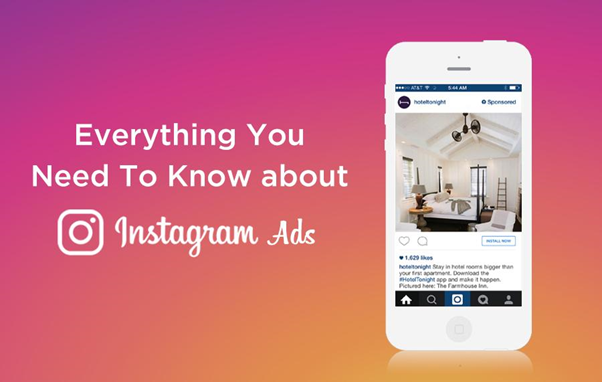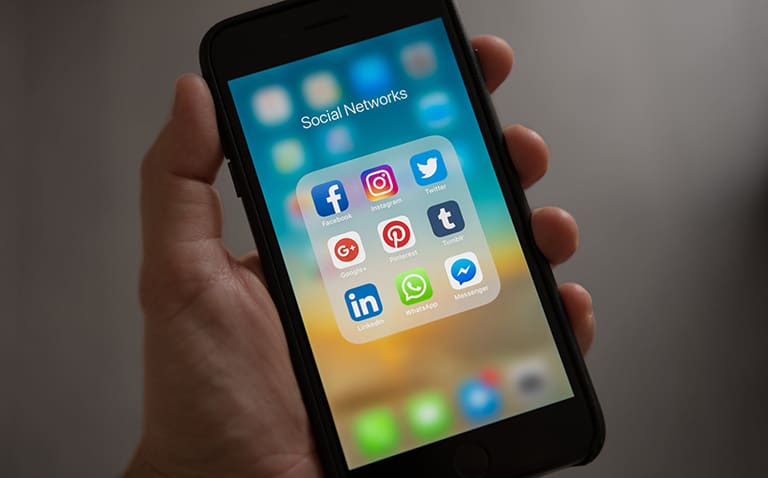Organic Twitter Marketing: The Fundamental Guide
The Pros and Cons of Organic Twitter Marketing
Twitter is a social media platform, a news outlet, a search engine, and one of the greatest tools that B2B marketers have in their repertoire. This article will explore the benefits and drawbacks of using Twitter organically to generate leads, as well as a tactical implementation plan if you choose to take the next step.
The Pros of organic Twitter marketing:
- Hashtag reach. Unless you’re a zoomer, you’re probably old enough to know that Twitter was the original hashtag platform. But, not only is it the original, it’s also one of the most effective platforms to generate hashtag traffic on (next to Instagram). Just don’t use more than three per post or else engagement rates will start to fall.
- Twitter attracts non-users. In fact, 500 million people view Twitter pages and posts each month without logging into an account. Most of this traffic stems from organic search traffic that is being directed to Twitter.
- Twitter lists. Twitter has a feature that allows any user to create a list of accounts. This list can then be selected and only activity from the accounts on that list will be shown. This is a great way to research prospects for account-based marketing strategies.
- Twitter users are older, more educated, and earn more. If you have a sophisticated product or service, then it’s likely that your target audience is on Twitter.
- The median age of Twitter users is 40
- 42 percent of US Twitter users have college degrees
- 41 percent earn over $75,000 a year
The Cons of organic Twitter marketing:
- Chronological news feed options. Unlike other top social platforms that deliver each user-curated content based on their algorithm, Twitter gives users the option to filter based on chronological order. This means that post timing is more important on Twitter than other platforms.
- Crowded feeds. Similar to the issue that faces Twitter advertisers, Twitter feeds tend to be more crowded than other platforms, which can make it easy for your followers to miss your posts.
- Limited audience. As mentioned earlier, there are only 330 million monthly active users on Twitter as of the end of 2019.

How to launch an organic Twitter marketing campaign
1. Set objectives
Some Twitter specific B2B goals include:
- Building a community around a branded hashtag.
- Growing a peer/influencer network by collaborating with others in your industry.
- Increase brand awareness through followers, retweets, and reach.
- Increase leads through Twitter-specific traffic
Refer to our organic Facebook marketing article to refine these broader goals into more specific and actionable objectives.
2. Do some hashtag research
Twitter invented the hashtag, so you better believe that using hashtags in your posts is a must. Hashtags serve the purpose of grouping tweets and conversations around similar topics, so that users can easily find and interact with them. As B2B marketers, hashtags serve the purpose of providing additional reach and exposure to otherwise limited posts.
Furthermore, LinkedIn and Instagram have also become major proponents of the hashtag, so from here on out, hashtags will become an integral part of your organic social media strategy.
Here’s how to do hashtag research on Twitter:
- Start a spreadsheet or a document to log all of your hard earned research (besides, you’re going to need it for LinkedIn and Instagram as well).
- Audit competitors and clients to determine high intent hashtags.
- Audit your SEO targeted keyword lists and current PPC terms to determine possible hashtags.
- Research each prospective hashtag and assess the accounts that are following it, as well as using it, to ensure that it is the right intent for reaching your target audience.
- Start to categorize your hashtags based on their origins (branded, trending, product, event, seasonal, etc).
- Start picking and pairing some of these hashtags with upcoming post content and measuring results to determine winning hashtags.
- Rinse and repeat.
3. Develop a distinct Twitter style
Tweets should look a little different than other posts on Facebook, LinkedIn, and Instagram. Authenticity is a big proponent of a successful organic Twitter presence, and this can be created by identifying and staying true to your brand voice. B2B brands like Adobe have been successful in growing a large and dedicated audience on Twitter by leveraging brand collaborations, featuring consumer generated content, promoting new features, and directing traffic to impactful website content.
Source: Twitter@Adobe
Tips for creating an authentic Twitter voice include:
- Don’t break your brand guidelines.
- Don’t use too much humour if it’s not part of your broader brand identity (if you’re familiar with Wendy’s Twitter presence, then you know that too much humour can be a risk).
- Address topics that matter to your target audience.
- Keep messages short and impactful (even more so than other social platforms).
- Avoid jumping on trends to try and stay relevant.
4. Add tweets to your content calendar
The best part about building content calendars across multiple platforms, is that you can essentially post the same content across most of them—just make a few small changes. Odds are good that Facebook, Twitter, and LinkedIn content is all cross-compatible.
See our organic Facebook article for more in-depth insights into creating a comprehensive content calendar.
5. Experiment
Twitter is quite a distinct platform compared to it’s colleagues in this section. That being said, there are some different methodologies that can really engineer your success.
Here are some of the best experiments you can run on Twitter:
- Try various tweet times. Since many Twitter users still organize their feeds by recency, posting at certain times can yield greater post performance. If you’re in the B2B space, you should be cognizant of the work hours of your target audience relative to their times zones.
- Repeat your tweets. As a byproduct of the above, it can be useful to tweet to the same blog or piece of content a few times over the span of a few days (with different captions of course).
- Length and style. Try running really short tweets with no image, try longer tweets with an image, try posing a question, try posting thought leading comments, try referencing other influencers, etc.
- Try different link structures. One of the more recent updates enabled users to generate preview windows for web links (like LinkedIn and Facebook). But, many brands still use shortened text links with great success. Or, if you’re feeling really edgy, you could even try both in the same post.







